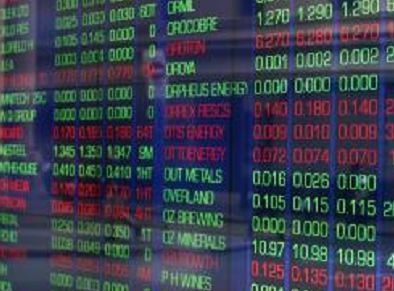
With all the oil majors having reported their results for the fourth quarter, Energy Voice spoke to analysts to find out what the numbers meant.
Oil majors enjoyed positive upstream momentum and managed to bring their costs down more than expected in the fourth quarter, said Iain Armstrong, divisional director at Brewin Dolphin.
Multinationals’ cash generation picked up, but that was not necessarily reflected in earnings per share, while downstream performance disappointed, Mr Armstrong said.
Another trend during the quarter was majors pulling back from trading to avoid ending up on the “wrong side of volatility” following the agreement to reduce production between Opec and non-Opec nations.
Mr Armstrong also said tax rates were higher than expected for BP, Shell and Statoil.
But he said there was a caveat, in that fourth quarter results tend to be “messy” and full of tax charges and write downs that are not seen in other reporting periods.
Rob West, partner, oil and energy research at Redburn, said it was a concern that capital expenditure had not increased markedly among oil majors during the three month block.
ExxonMobil became the first Western oil major to re-accelerate its capex, from $19.3billion in 2016 to $22billion this year, when it reported its results on January 31.
But ExxonMobil’s return to “growth mode” was not followed across the board.
Mr West said: “The stand-out observation from the 4Q16 earnings season has been the market’s reluctance to see capex re-inflating, even if it marks a return to long-run, high-quality growth, in projects with low breakevens and strong internal rates of return.
“Conversely, capex cuts have been rewarded, even when raising question-marks over the long-run liquidation of the businesses, for example, Shell. Surely, that is not the right answer for a long-term investor?”
Mr Armstrong said 2016 had been a strong year for Shell. He was pleased the BG Group merger, which he described as a great deal, had gone through.
Progress on the $30billion divestment programme was slower than expected, he said, but it has rapidly picked up pace in recent months.
Last week, Shell announced the sale of its oil sands interests in Canada, whilst also reducing its share in Athabasca in deals worth a combined $7.25billion.
It represented the largest sale under the divestment plan.
Around $20billion worth of sales have now been announced, though it will take time for much of that cash to reach its destination, as not all of the acquisitions have received final approval.
Mr Armstrong also said LNG had been a “strange positive” for Shell as demand was much stronger than anticipated in Europe despite worries the market was oversupplied.
Mr Armstrong said he would give BP a “gold star” for its cost cutting performance.
BP’s full year controllable cash costs were $7billion lower than in 2014 – a target reached a year earlier than previously expected.
Organic capital expenditure totalled $16billion in 2016, compared with the range of $17billion to 19billion anticipated at the beginning of last year.
He said: “BP met its targets and that’s why the company has been able to invest in Mozambique, Senegal and Abu Dhabi.
“They’re targeting a $35 to $40 break-even oil price by 2021 because they’re way ahead of the guide.”
Read: BP buys, while Shell sells: a recap of recent deal making by the majors
Mr West said BP should be disappointed at having burned $2.8billion of free cash flow in the fourth quarter, with adjusted operating cash flow of $2billion, almost half Redburn’s forecasted $4.2billion.
He also said BP’s average project cost was much higher than expected, citing $64million per thousand barrels of oil equivalent per day for Mad Dog as an example.
Recommended for you

